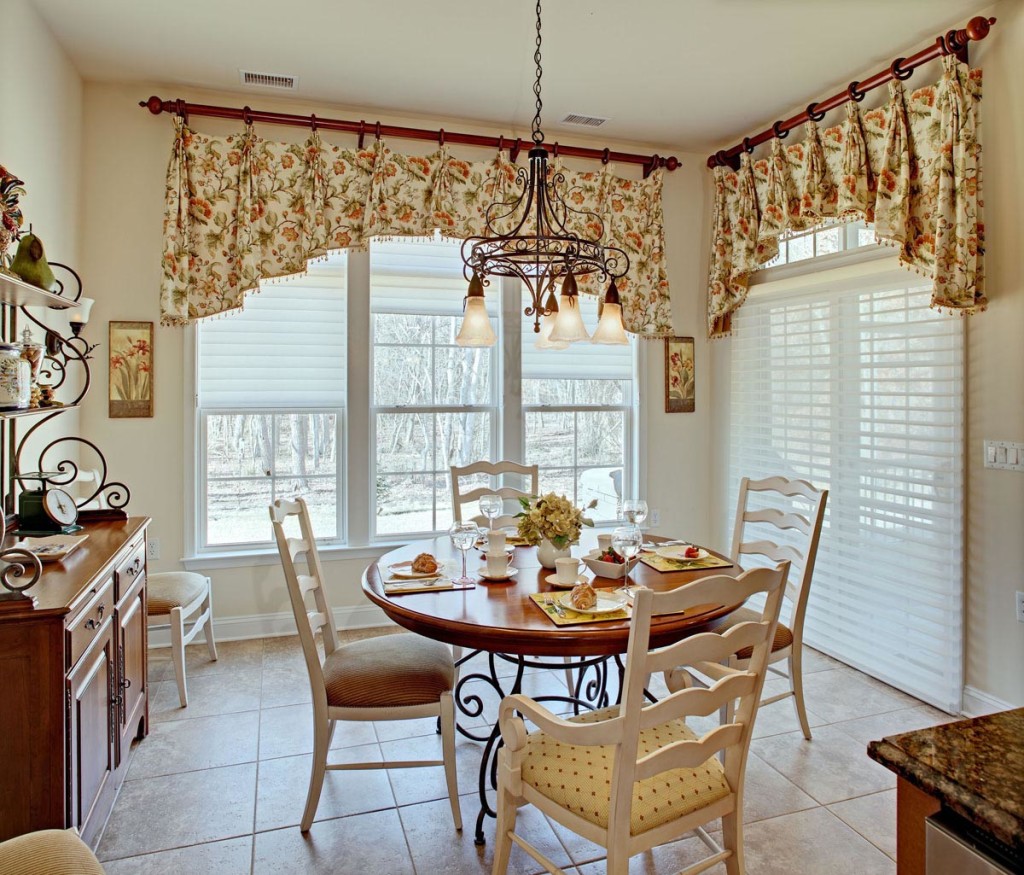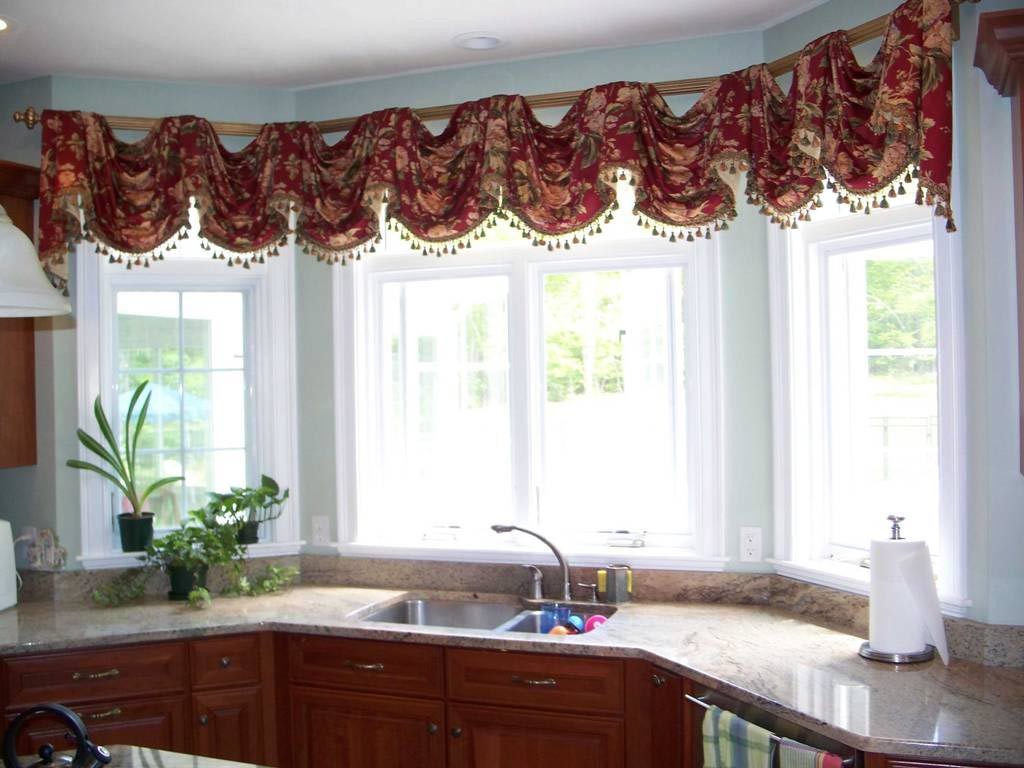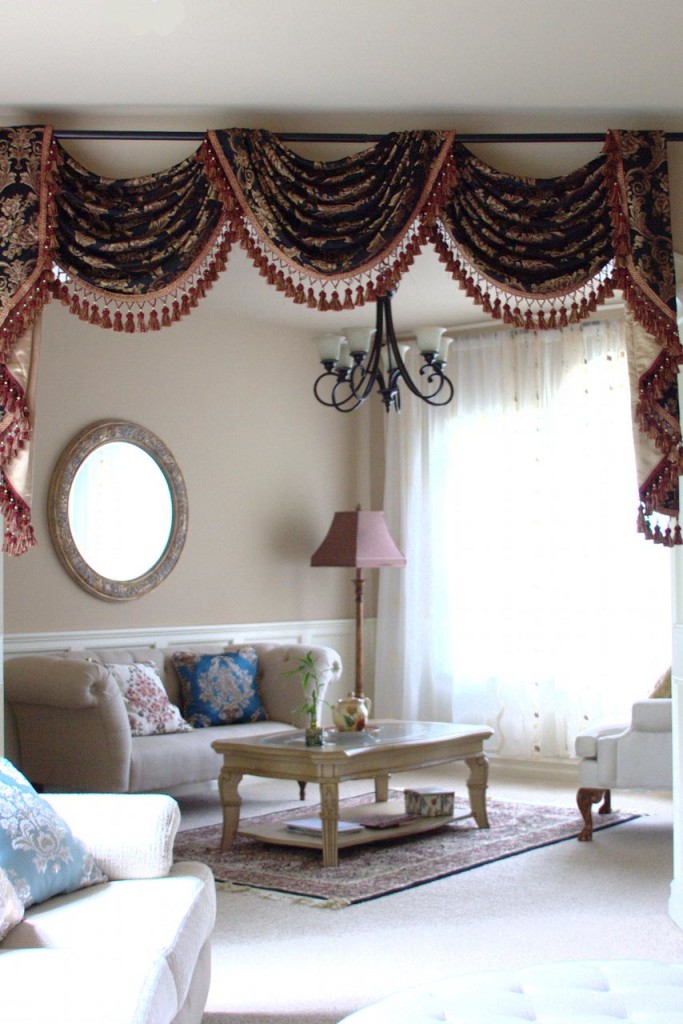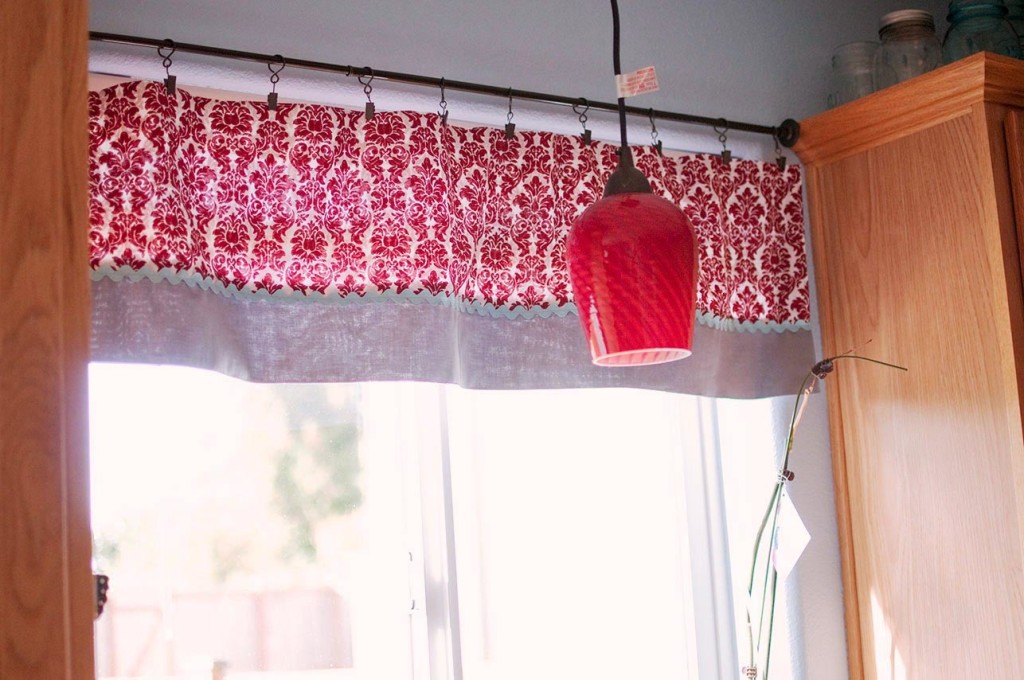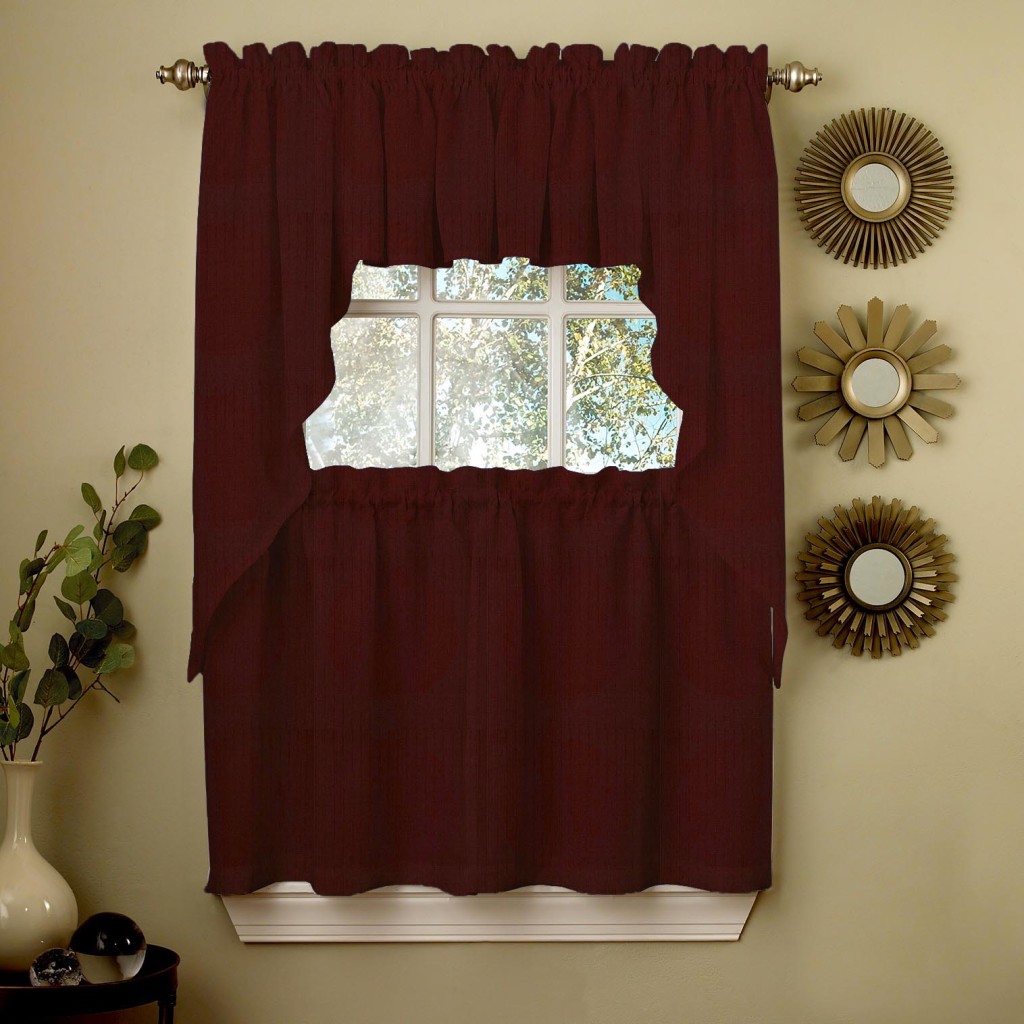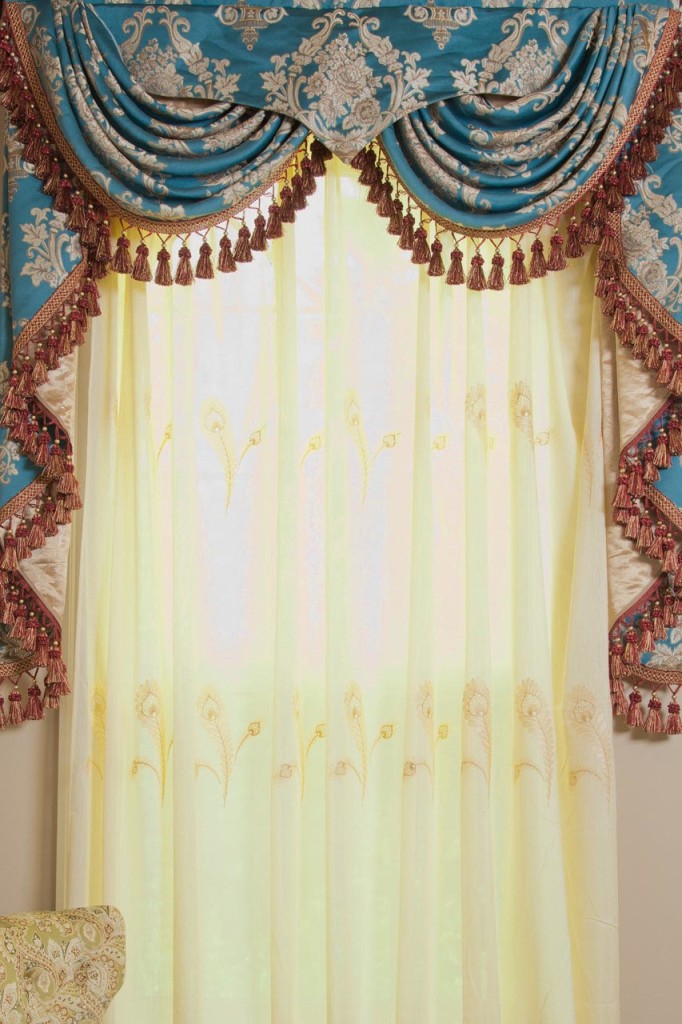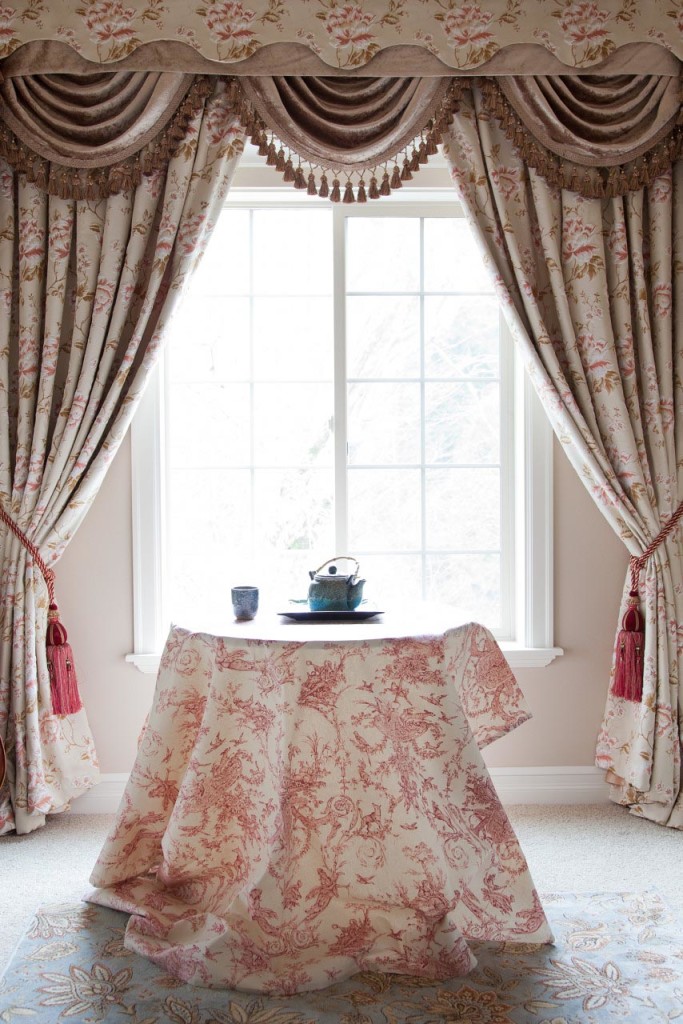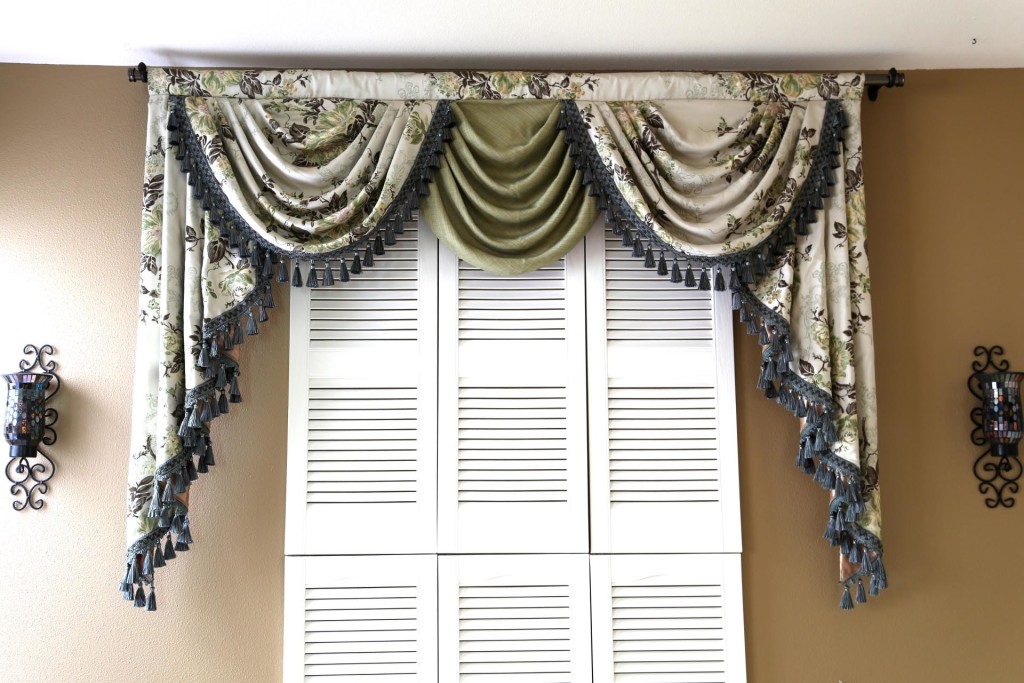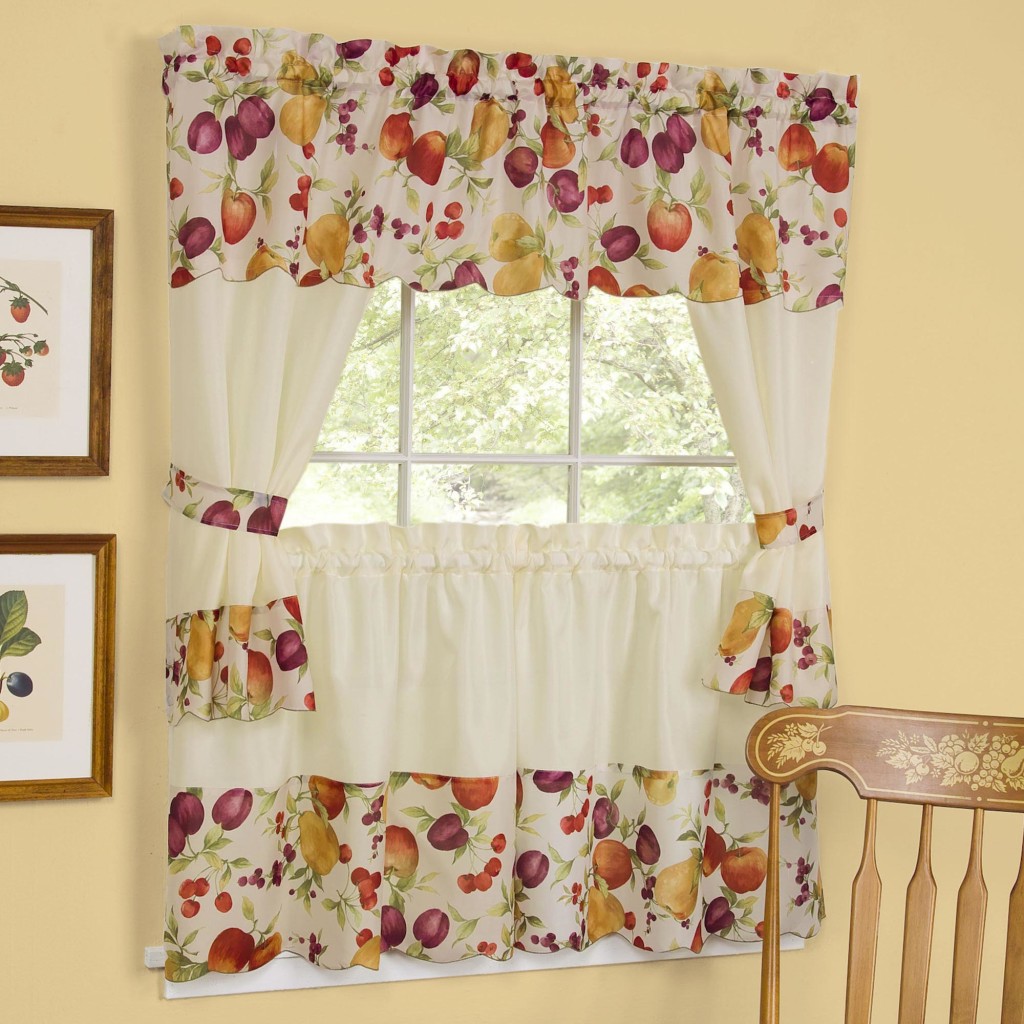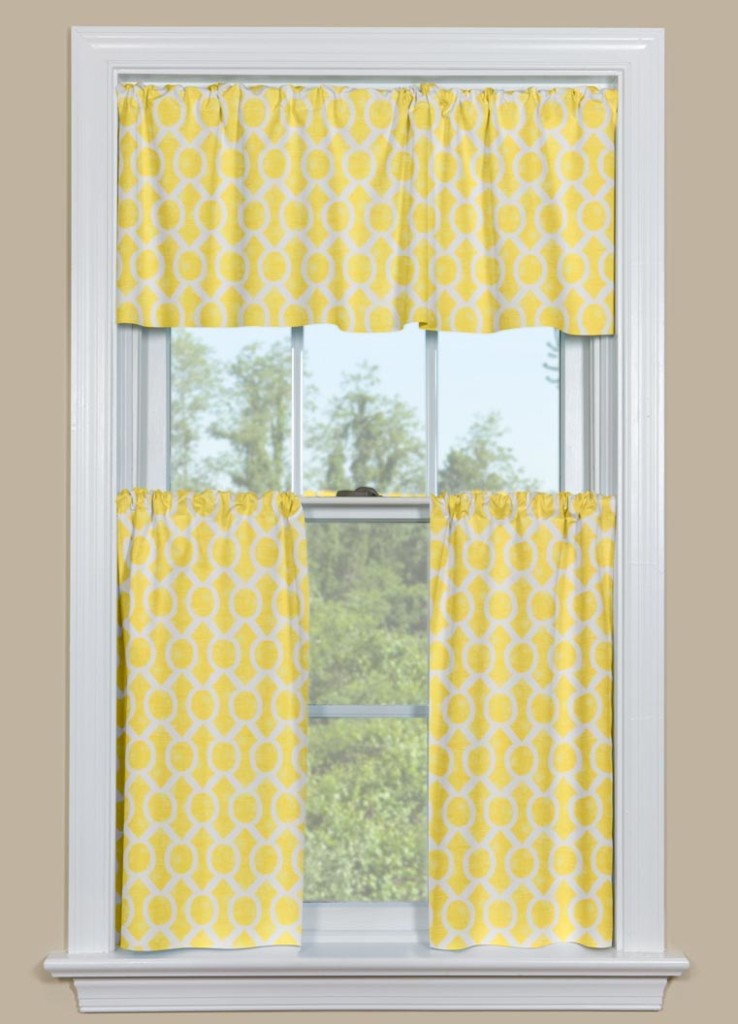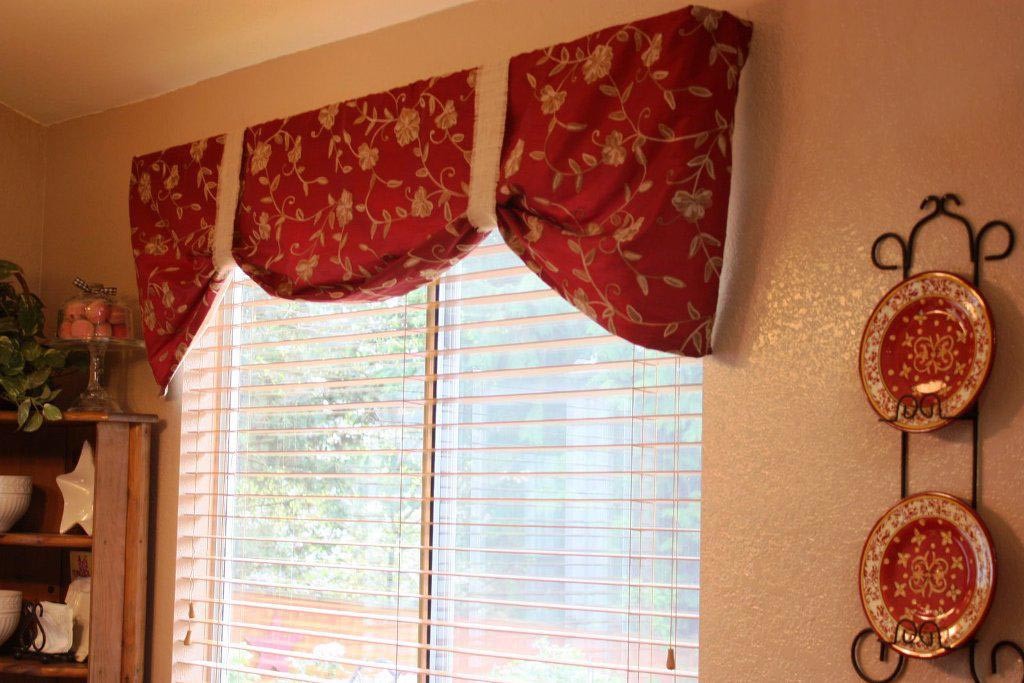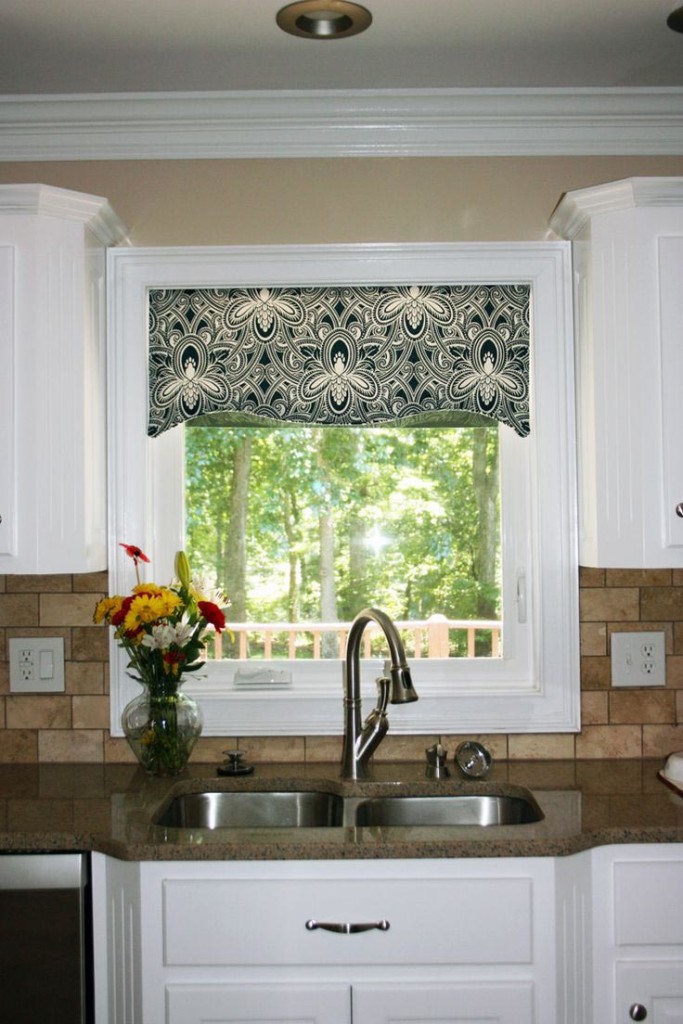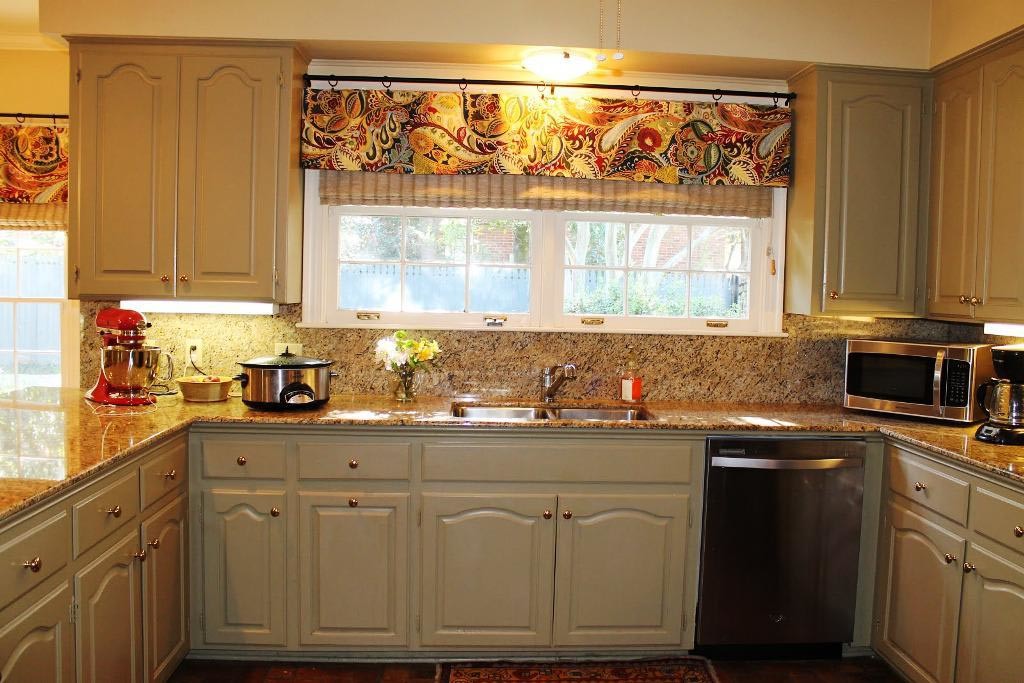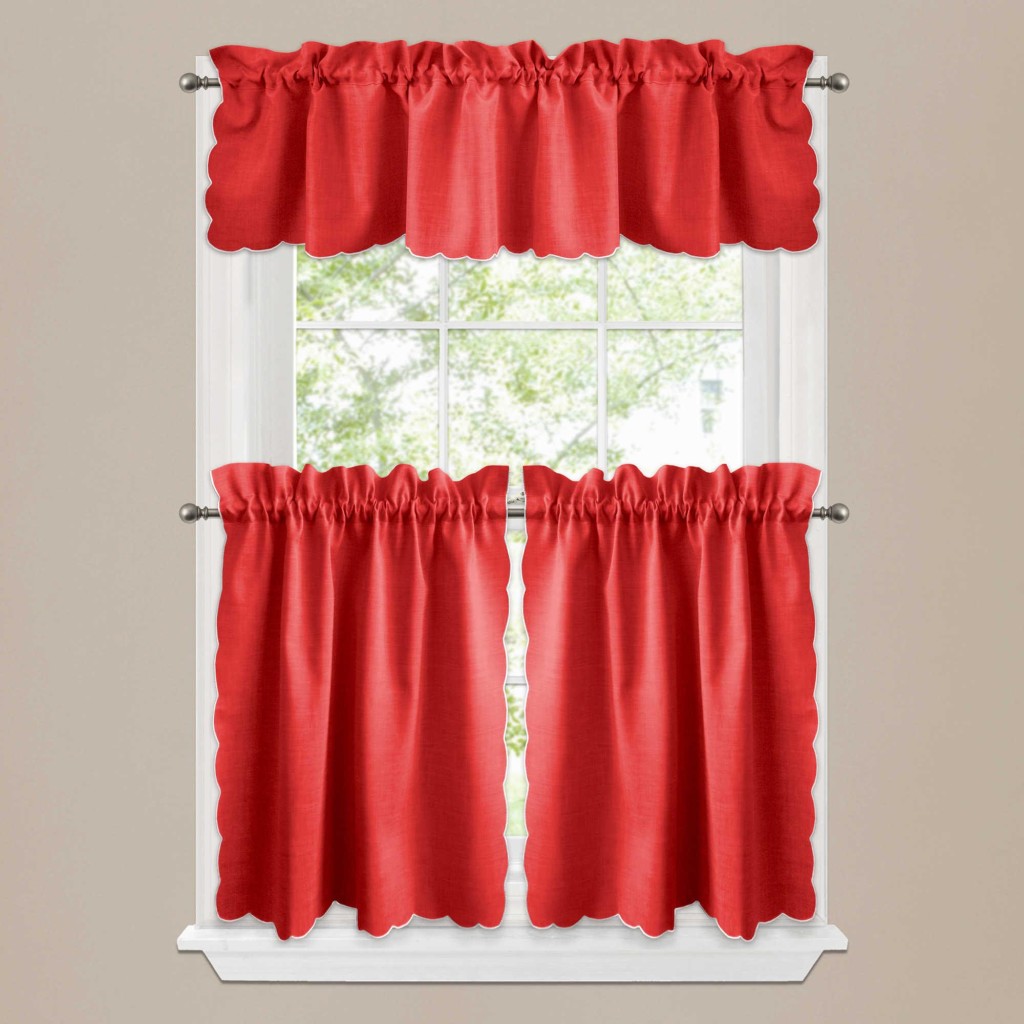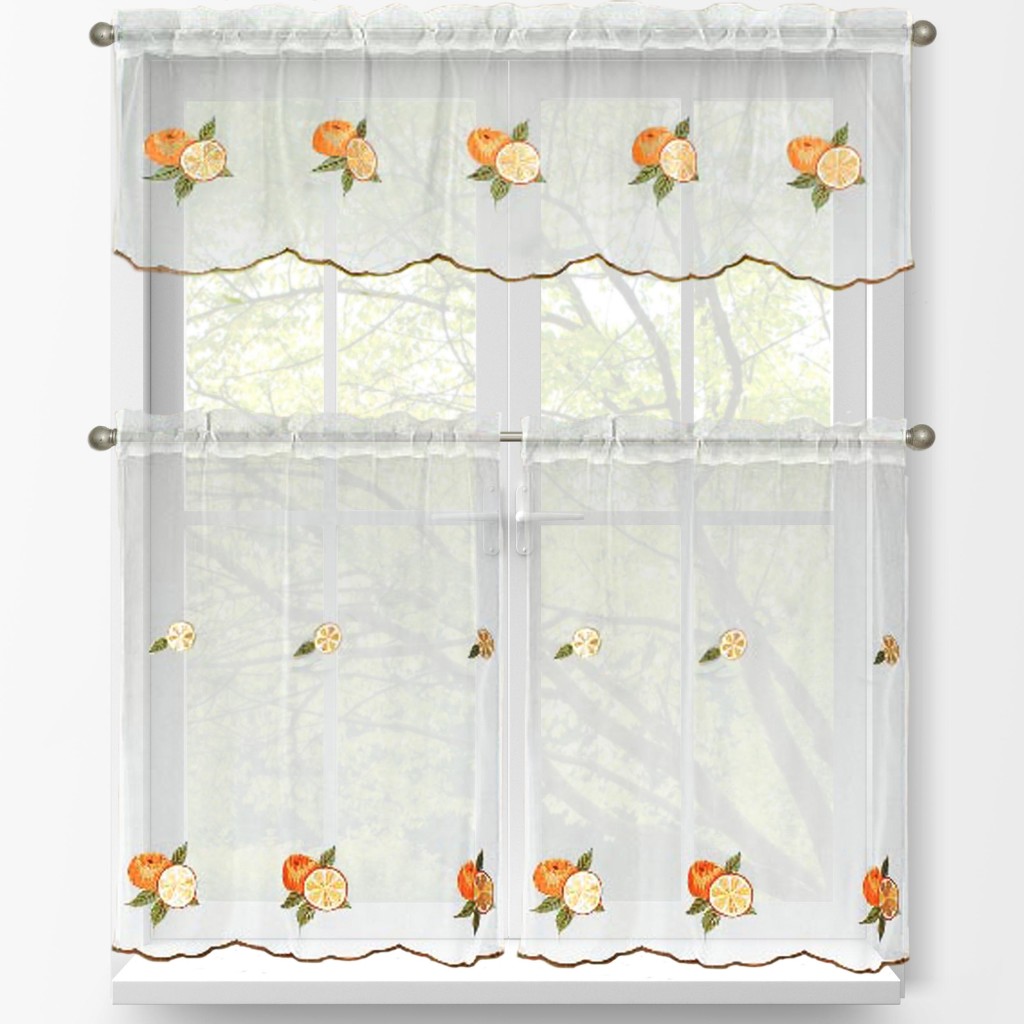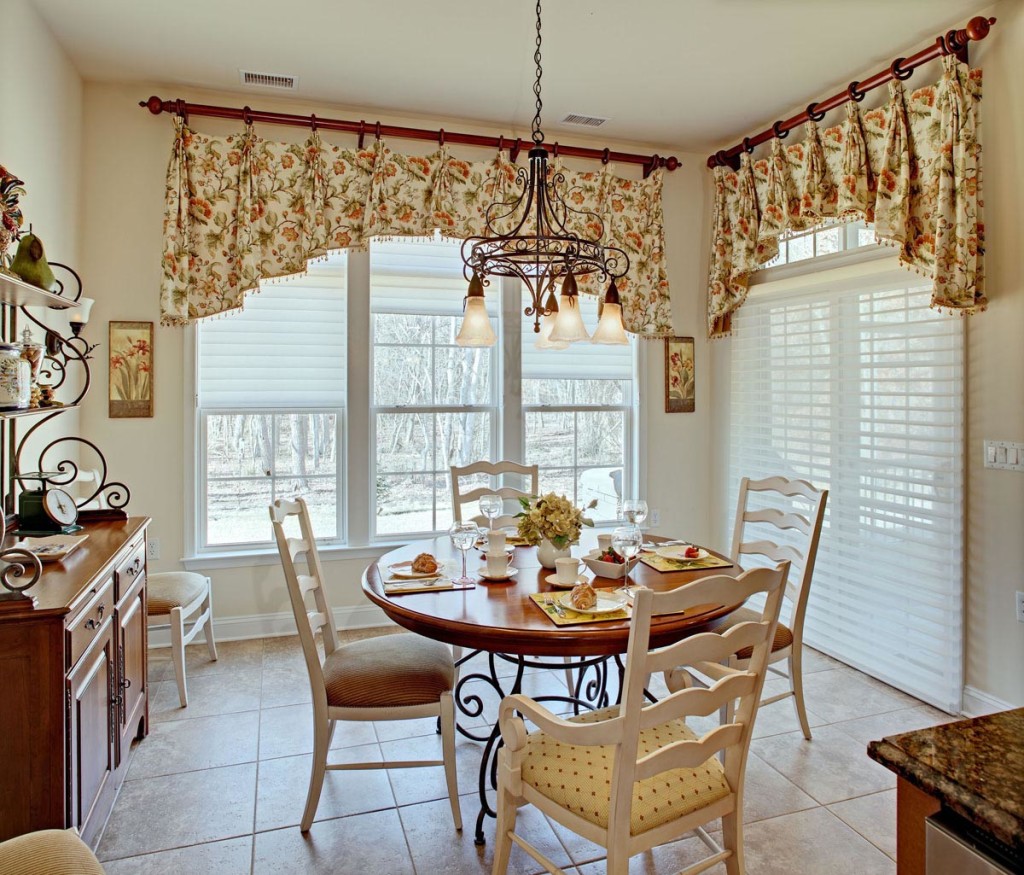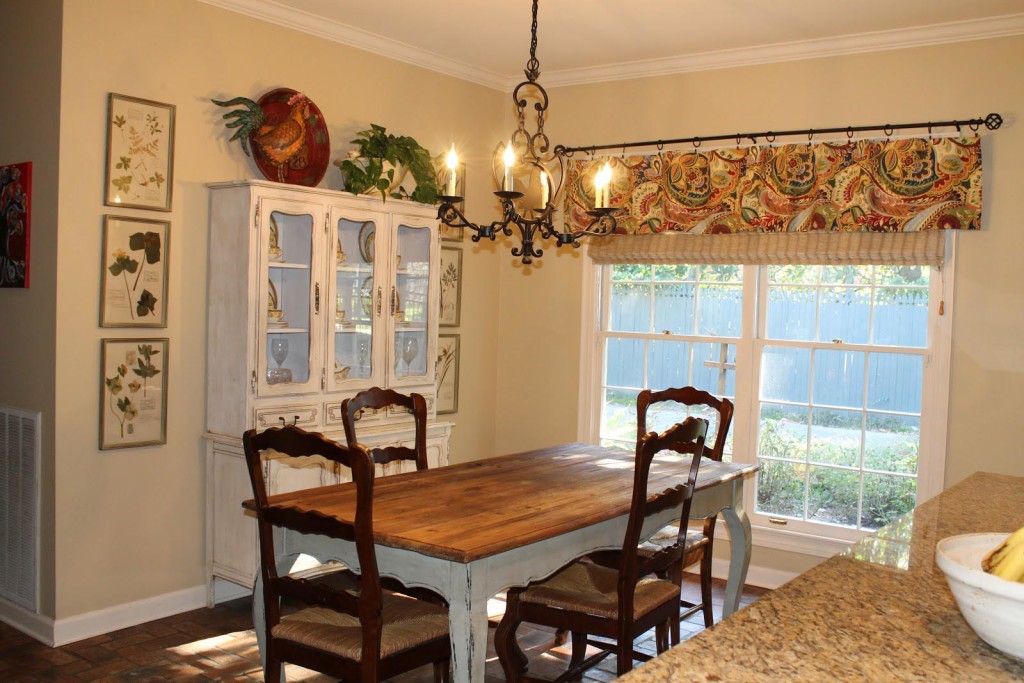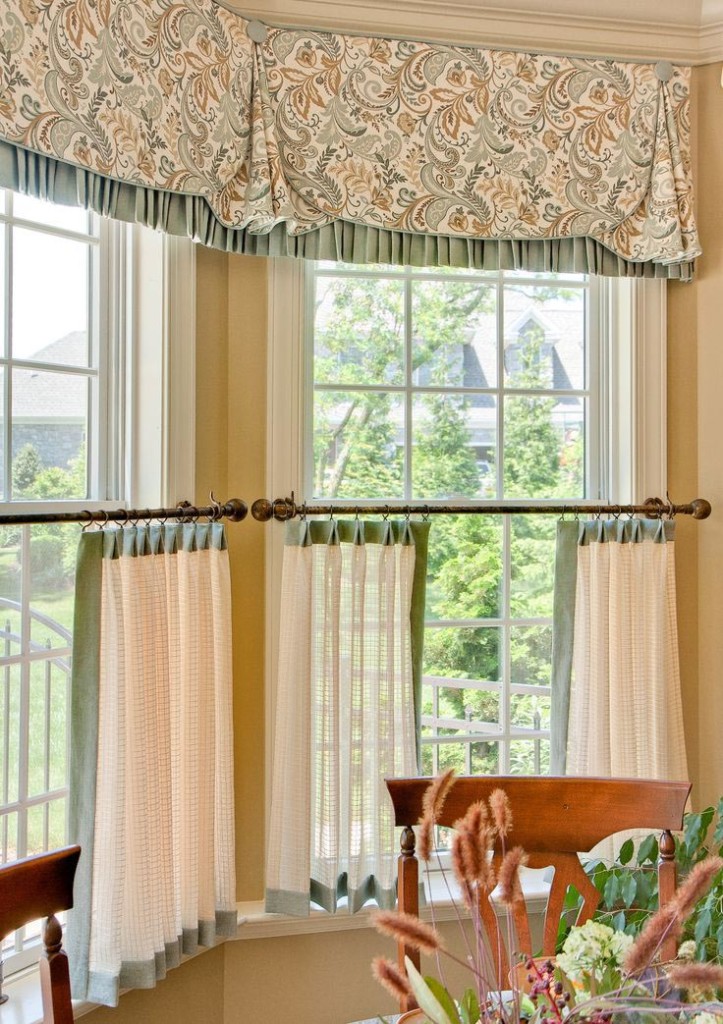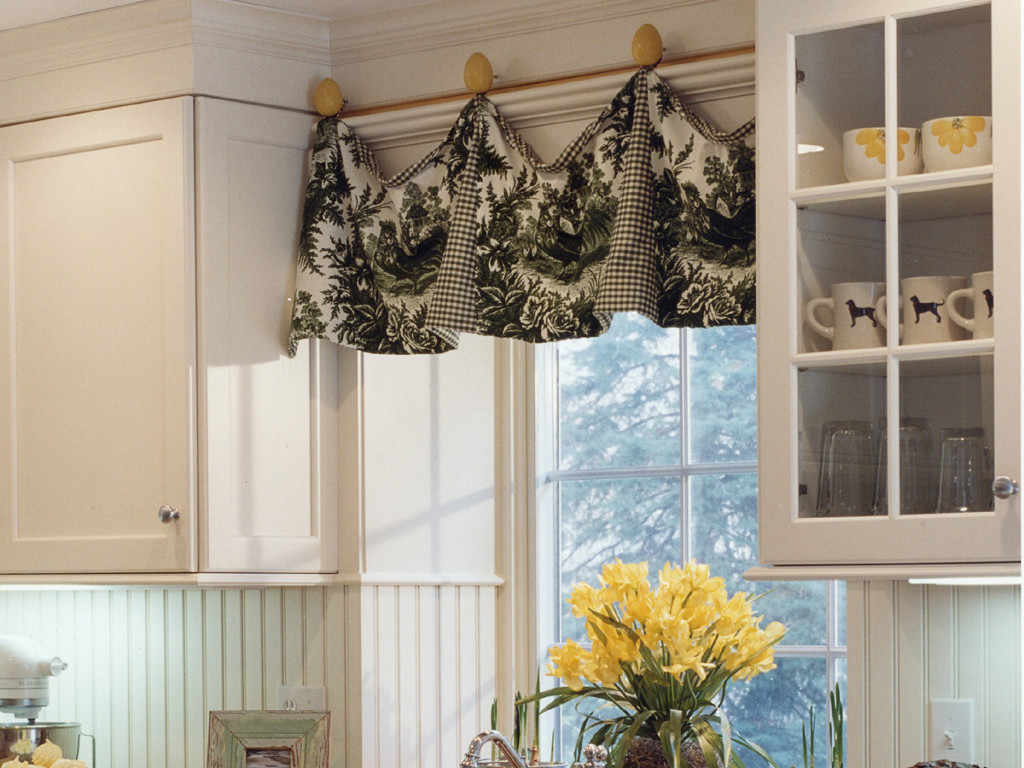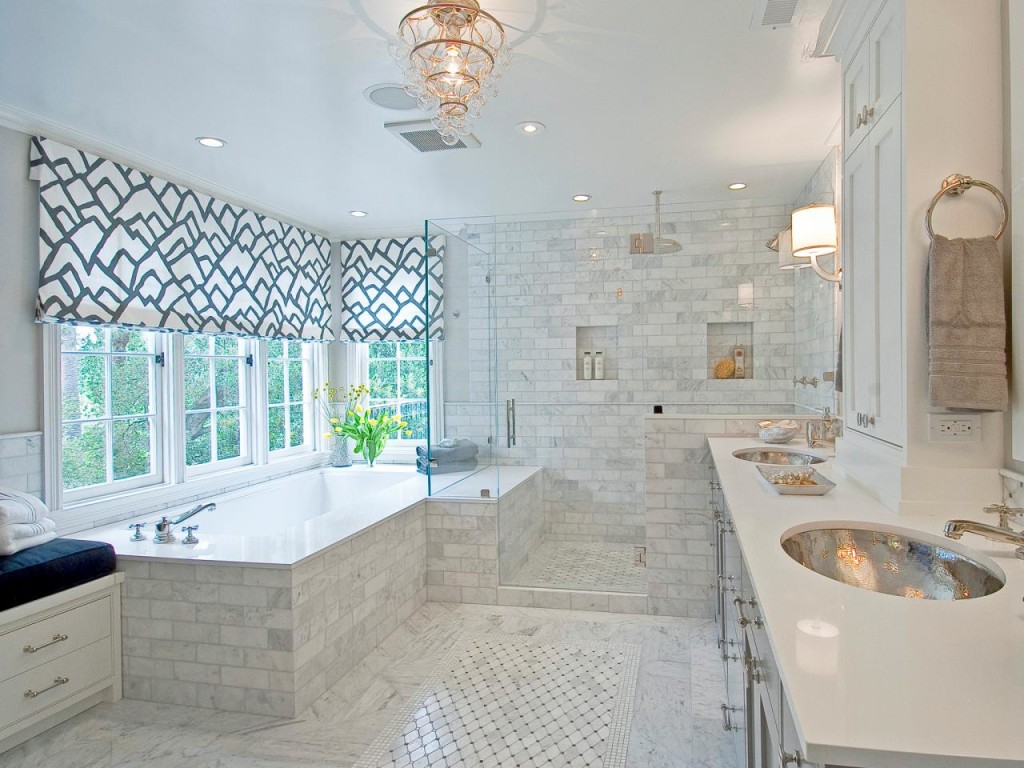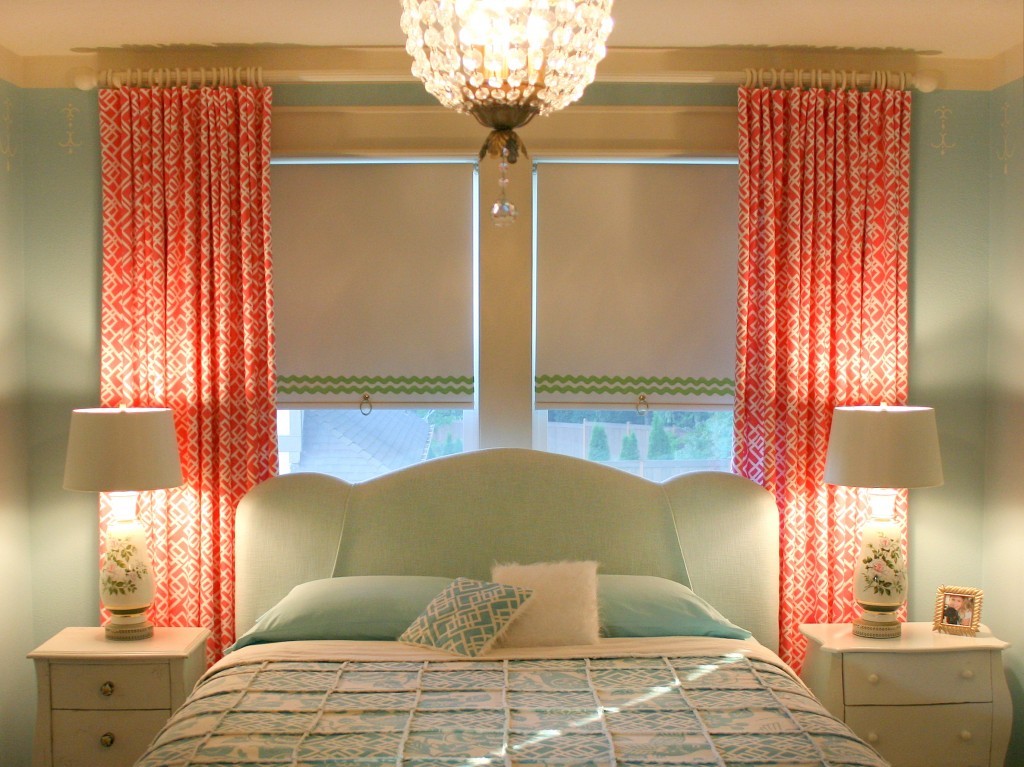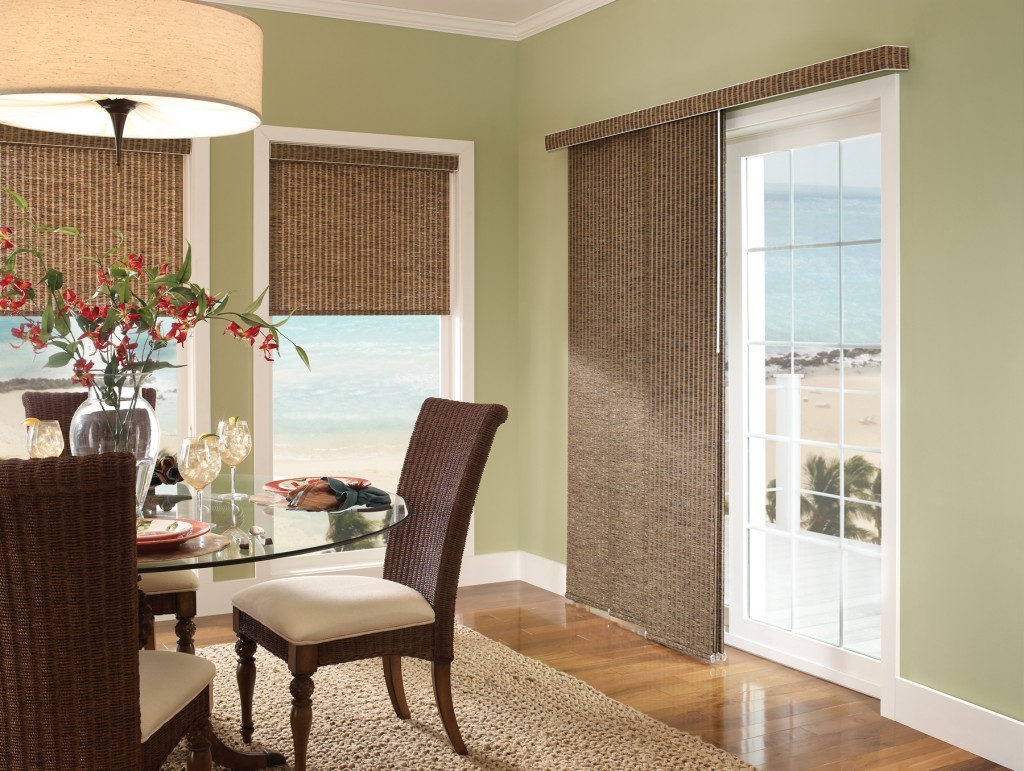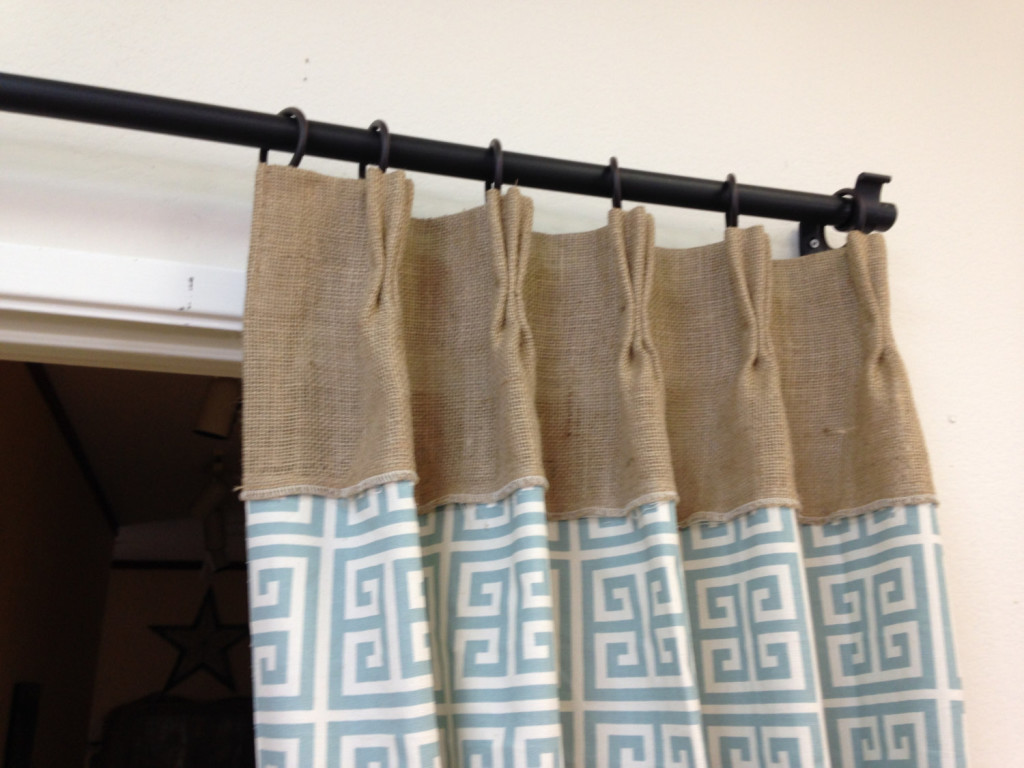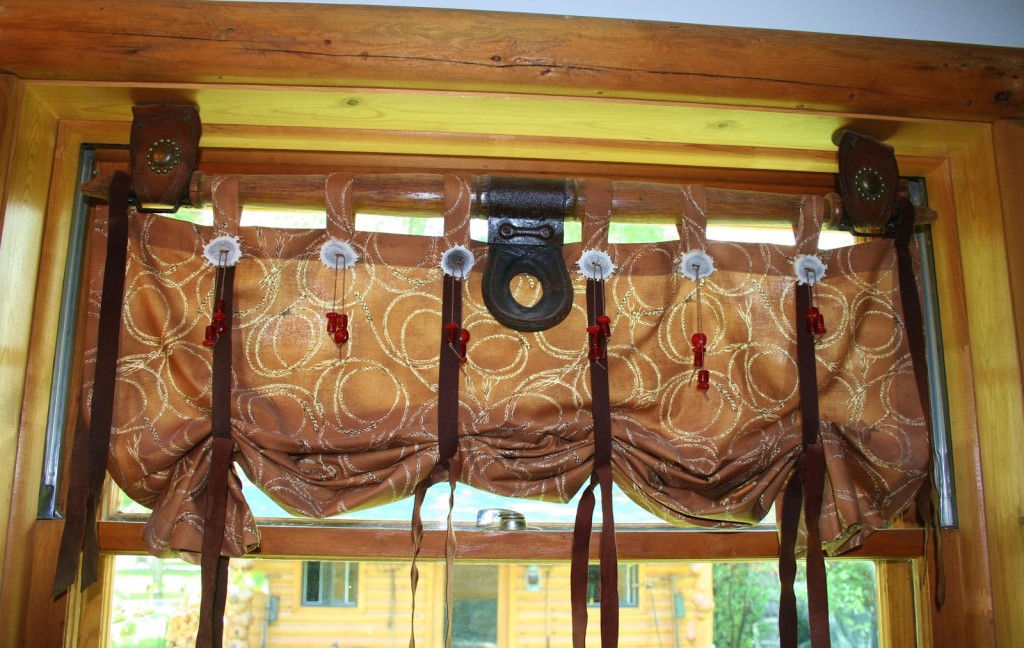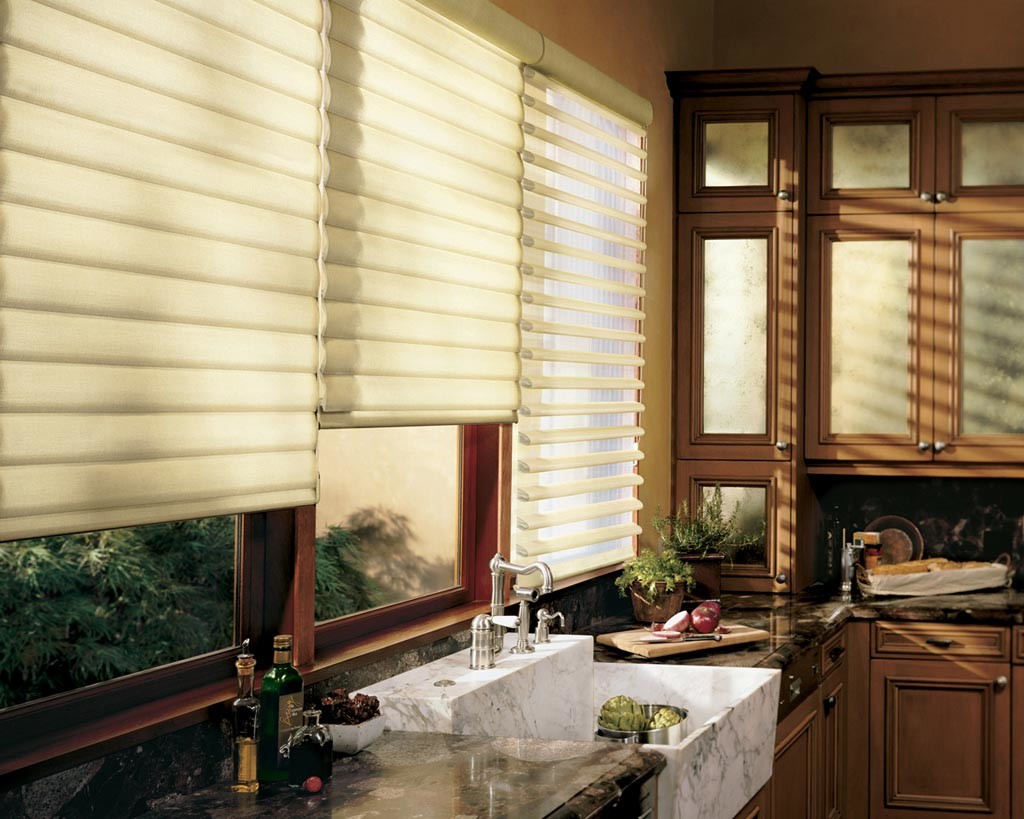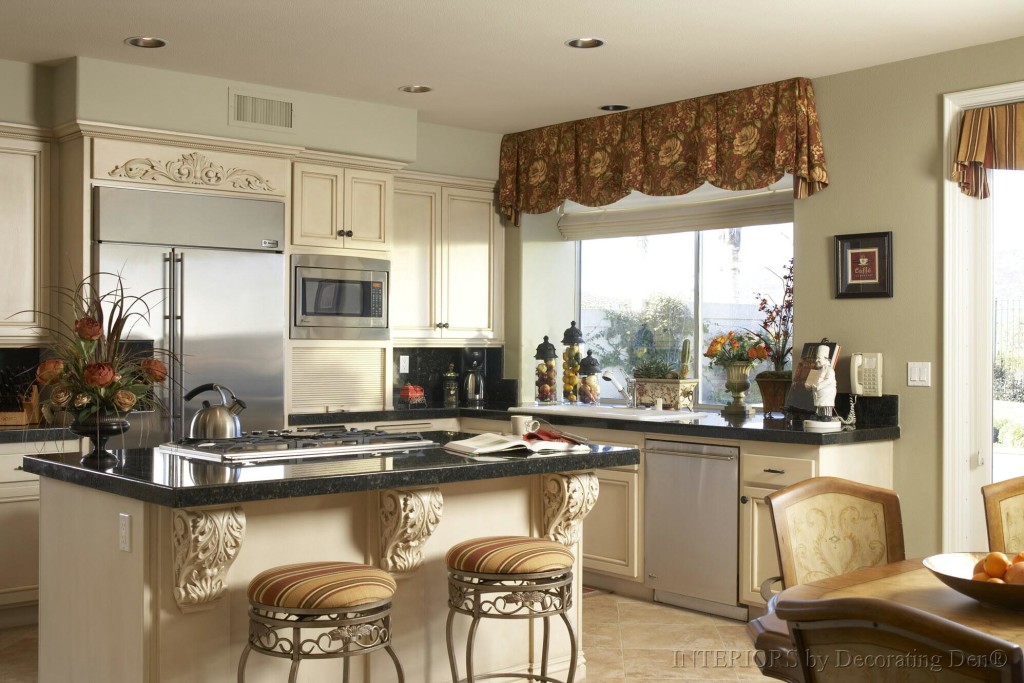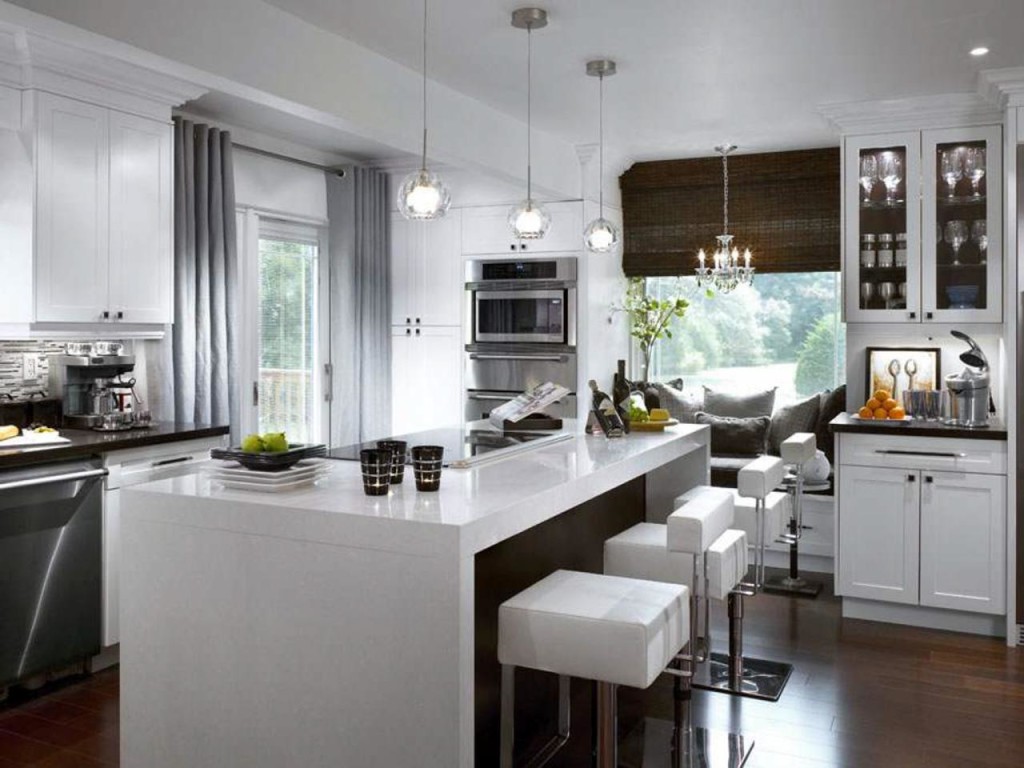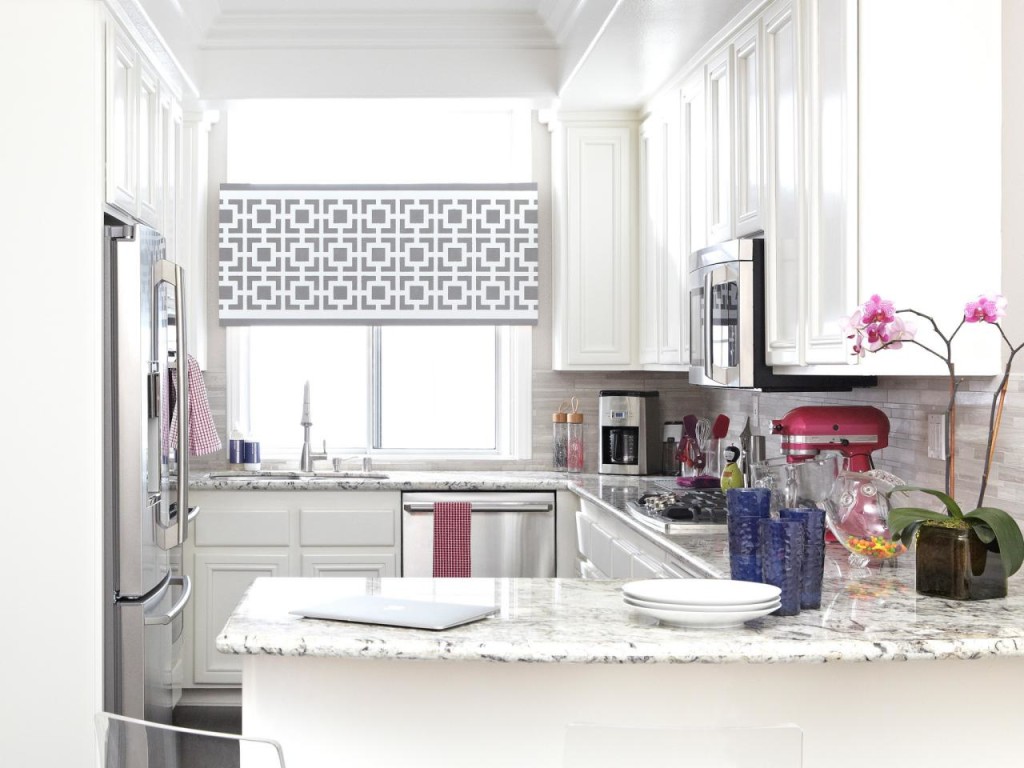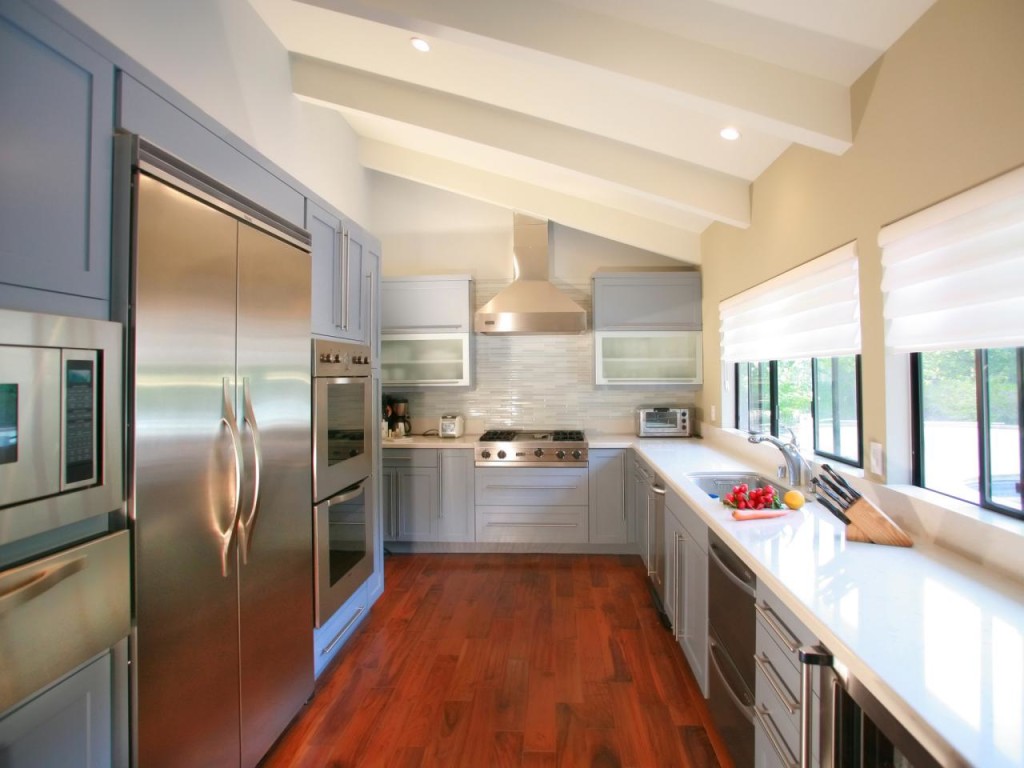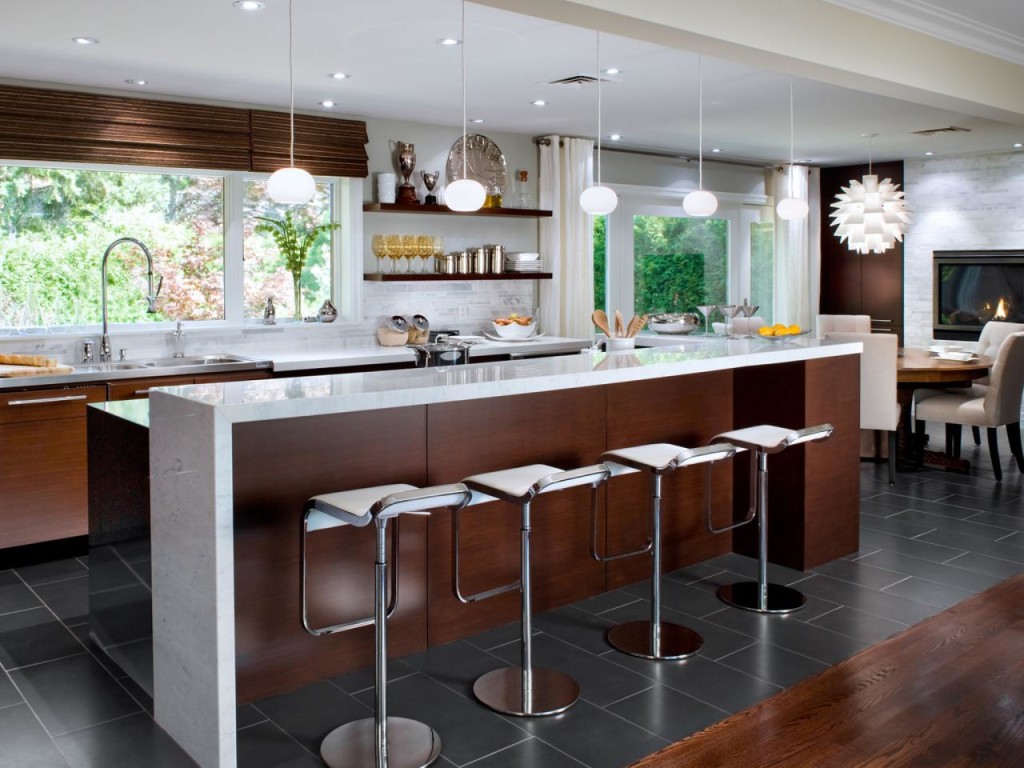When decorating your home with curtains and draperies, don’t overlook the importance of cornice window treatments. This often-underestimated element plays a crucial role in shaping the overall aesthetic of a room. Cornices add a polished, refined look, enhancing even the simplest fabrics and completing the interior design with style and elegance.


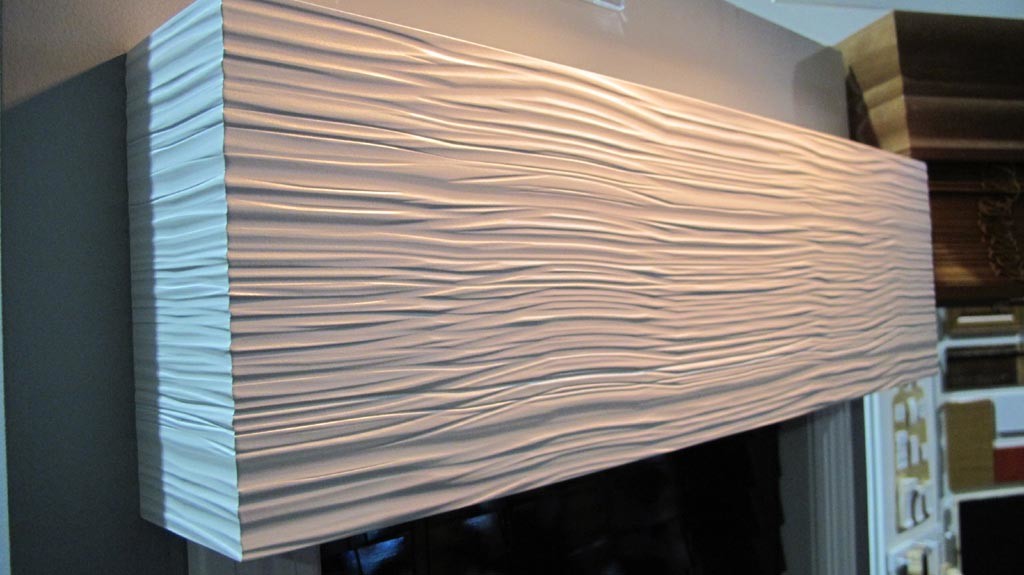
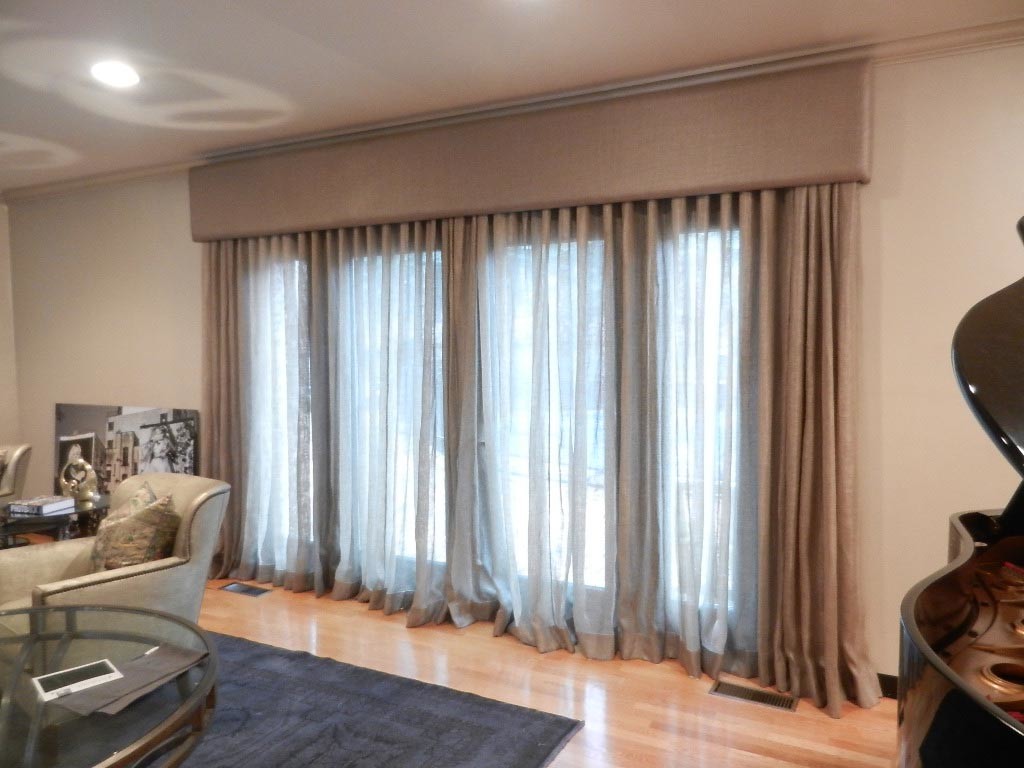
Classic Meets Contemporary: Cornice Styles
Contemporary cornice treatments skillfully blend traditional materials and designs with modern innovation. Thick wooden or metal curtain rods, often paired with large rings, have been used for centuries to support heavy, dense fabrics. This classic approach is ideal for grand rooms and large windows, as it allows curtains to form beautiful, deep folds that convey luxury and sophistication.
For lighter fabrics, subtle and slim corbels work best. Using two rows of these nearly invisible supports lets you hang both sheer curtains and blackout drapes simultaneously, creating a layered look that feels airy and elegant. Current trends favor corbels that blend seamlessly into the wall or curtain fabric, almost disappearing from view to emphasize the curtains themselves.
Upholstered Cornices for Softness and Romance
To add a softer, more romantic atmosphere, consider upholstered cornice window treatments. These can range from flat, modest designs to richly detailed valances with folds and ruching. Playing with different fabric textures and coordinating shades adds depth and character, making your window a captivating focal point.


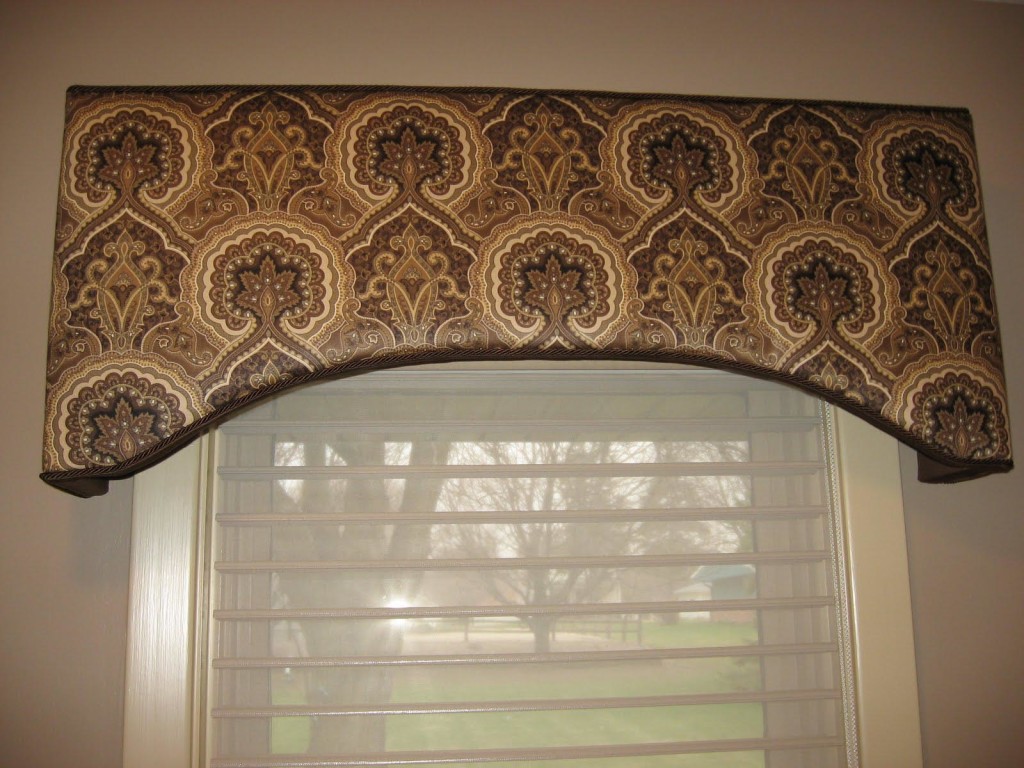
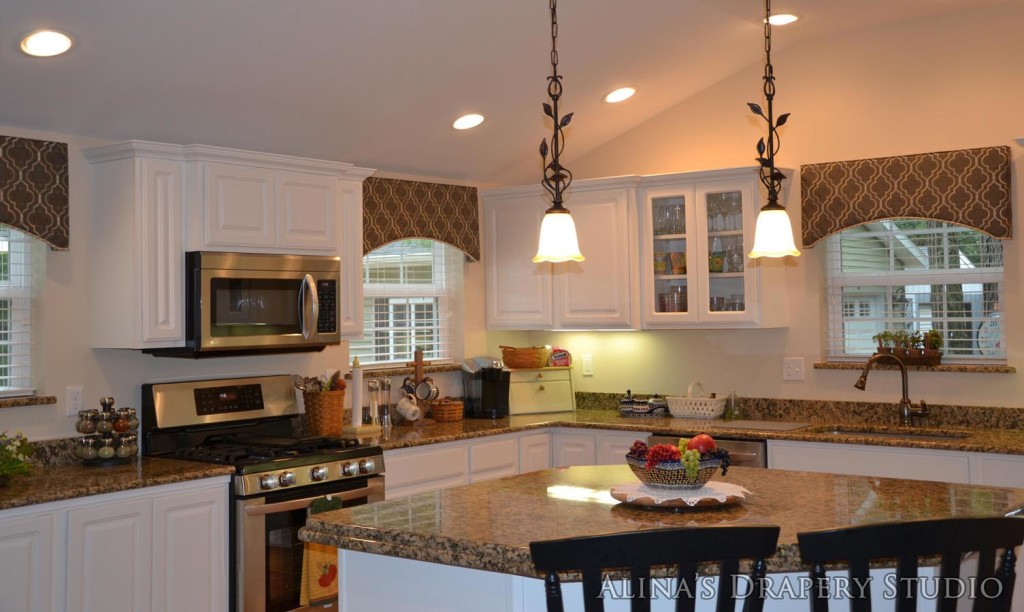
Room Height and Cornice Placement
Room height significantly influences cornice placement. In spaces with low ceilings, mounting the cornice flush to the ceiling can create the illusion of taller walls, enhancing the sense of openness. In larger rooms with tall windows, installing the cornice just above the window frame emphasizes height and grandeur.
Modern Cornice Boards for a Sleek Finish
Cornice boards represent a cutting-edge approach to window treatments. These solid panels conceal curtain rods and hardware, offering a clean, unified appearance that can seamlessly blend with wall colors or wallpaper patterns. Using bold or contrasting colors can inject energy and personality into your décor, while matching tones create a harmonious, sophisticated look.
Cornice window treatments are an essential finishing touch that elevates any room’s style. Whether you prefer classic wooden rods, barely-there corbels, upholstered valances, or sleek cornice boards, these elements enhance both function and beauty. Thoughtful cornice selection complements your curtains, frames your windows, and contributes to a cohesive, stylish interior that reflects your taste and elevates your living space.










